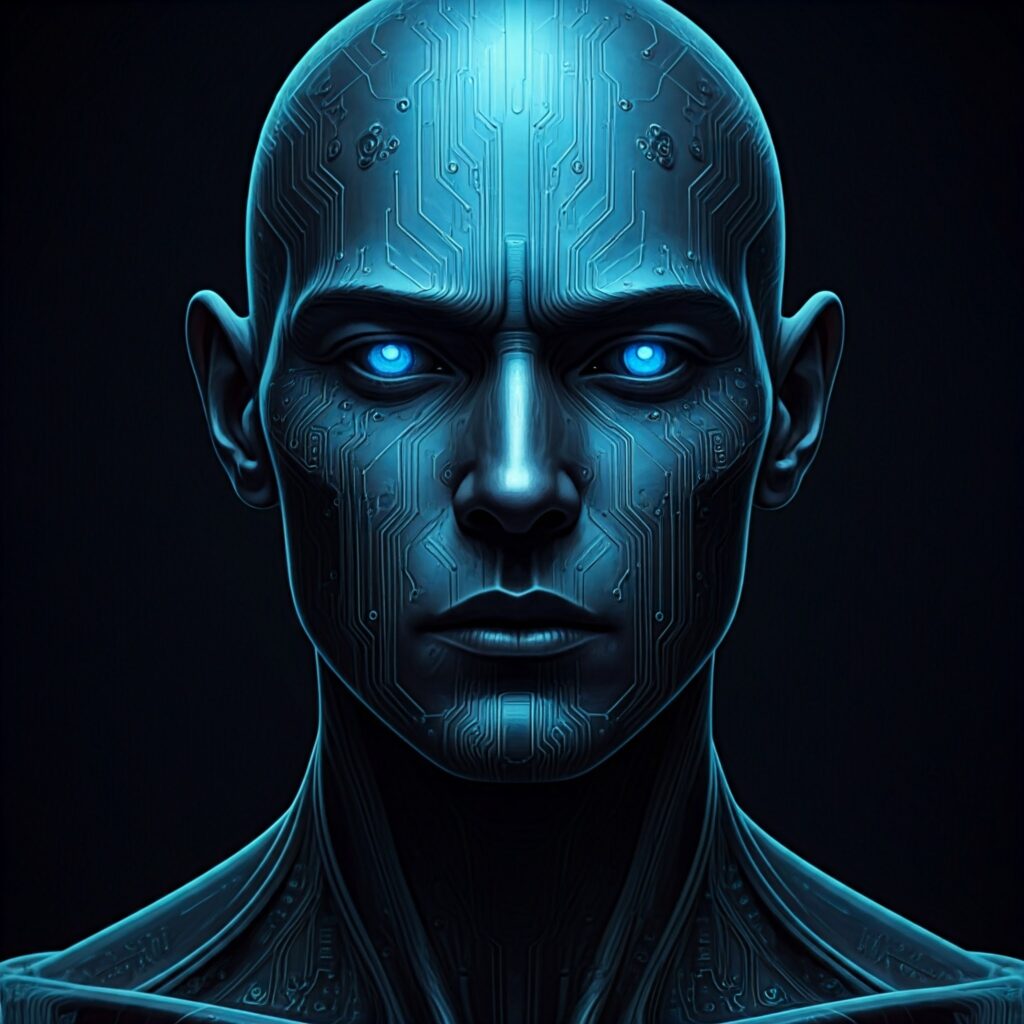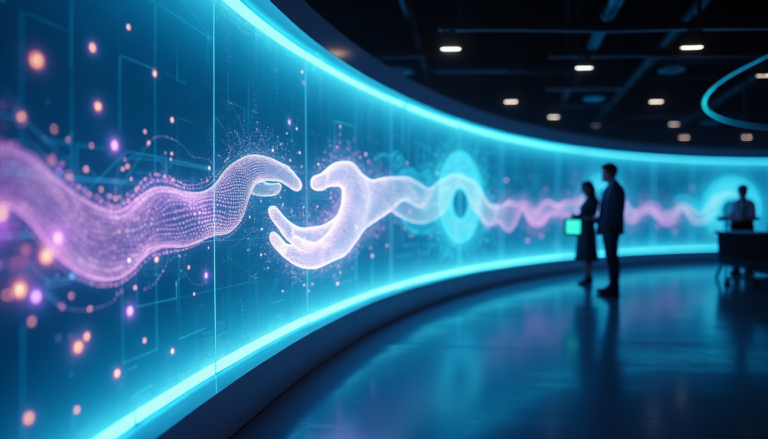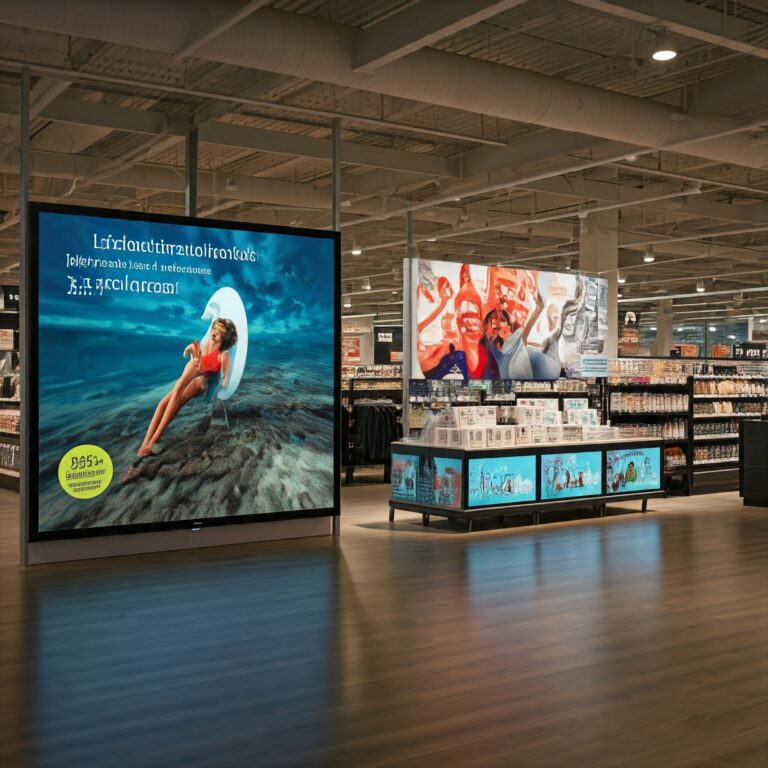
AI’s Role in Dynamic Creative Optimization (DCO)
In an era where personalization is paramount, the ability to deliver relevant, engaging, and timely ads has become a cornerstone of digital marketing. Enter Dynamic Creative Optimization (DCO), a technology-driven approach that leverages data to create and deliver personalized ad experiences in real time. At the heart of DCO lies Artificial Intelligence (AI), which powers its ability to analyze, adapt, and optimize ad creatives to meet the ever-changing preferences of consumers. This blog delves into AI’s transformative role in DCO and its impact on modern advertising.
What is Dynamic Creative Optimization (DCO)?
DCO is an advanced form of programmatic advertising that dynamically generates and optimizes ad creatives based on real-time data. Instead of delivering static ads, DCO enables advertisers to tailor their messages to individual users by:
- Adjusting visuals, headlines, and calls-to-action (CTAs) based on user data.
- Optimizing ad elements for specific audience segments or contextual factors.
- Delivering personalized experiences across multiple platforms and devices.
The Role of AI in DCO
AI amplifies the power of DCO by enabling smarter decision-making, faster execution, and continuous optimization. Here are the key ways AI is revolutionizing DCO:
1. Real-Time Data Processing
AI algorithms analyze vast amounts of data in real time, including:
- User behavior and preferences.
- Contextual factors such as location, time of day, and device type.
- Historical campaign performance.
This instantaneous analysis allows DCO systems to select the most relevant creative elements for each impression.
2. Creative Personalization at Scale
AI enables advertisers to scale personalization by automating the creation of countless ad variations. For example:
- E-commerce brands can display products based on a user’s browsing history.
- Travel companies can tailor ads to showcase destinations aligned with a user’s interests.
3. Predictive Analytics
By leveraging predictive models, AI anticipates user behavior and preferences, helping advertisers:
- Identify the best-performing ad combinations.
- Optimize bid strategies for high-value impressions.
- Allocate budgets effectively across campaigns.
4. Continuous Optimization
AI-driven DCO systems constantly learn from campaign performance. Through A/B testing and multivariate analysis, AI:
- Identifies the most effective creative elements.
- Adjusts ad components in real time to improve engagement and conversion rates.
Benefits of AI-Driven DCO
1. Enhanced Personalization
AI enables hyper-personalized ad experiences that resonate with individual users, driving higher engagement and conversions.
2. Improved Efficiency
Automating creative generation and optimization reduces manual effort, freeing up resources for strategic initiatives.
3. Better ROI
By delivering relevant ads to the right audience at the right time, AI-driven DCO maximizes the return on ad spend (ROAS).
4. Faster Campaign Deployment
AI accelerates the creative production process, allowing advertisers to launch campaigns quickly and adapt to market trends.
Real-World Applications of AI in DCO
1. Retail
AI-driven DCO helps retailers:
- Showcase personalized product recommendations.
- Create location-specific promotions.
- Retarget users with relevant offers based on browsing history.
2. Travel and Hospitality
Travel companies use AI-powered DCO to:
- Highlight destinations tailored to user preferences.
- Offer dynamic pricing based on real-time demand.
- Promote last-minute deals or seasonal packages.
3. Automotive
Automotive brands leverage DCO to:
- Display custom configurations based on user preferences.
- Highlight nearby dealerships.
- Showcase financing options tailored to individual users.
Challenges and Solutions
1. Data Privacy and Compliance
Challenge: Navigating regulations like GDPR and CCPA.
Solution: Use anonymized, first-party data and obtain user consent for personalized ads.
2. Creative Fatigue
Challenge: Repeated exposure to similar ads can lead to diminishing engagement.
Solution: AI can identify signs of creative fatigue and refresh ad elements dynamically.
3. Integration Complexity
Challenge: Implementing AI-driven DCO requires integration with existing ad tech stacks.
Solution: Partner with DCO platforms that offer seamless integrations and robust support.
Future Trends in AI-Driven DCO
- Voice and Video Personalization: Incorporating AI to tailor audio and video ads for individual users.
- Advanced Attribution Models: Leveraging AI to understand the complete customer journey and optimize touchpoints.
- Augmented Reality (AR) Ads: Using AI to create immersive, interactive ad experiences.
- Emotion Recognition: AI analyzing user sentiment to deliver ads that resonate emotionally.
Conclusion
AI’s role in Dynamic Creative Optimization is transforming the advertising landscape by making campaigns more relevant, efficient, and impactful. By harnessing the power of AI, advertisers can deliver personalized experiences at scale, drive engagement, and achieve superior results. As AI technology continues to evolve, its synergy with DCO will unlock new possibilities for innovation and growth in the world of digital marketing.
Are you ready to leverage AI-driven DCO to elevate your advertising campaigns?



